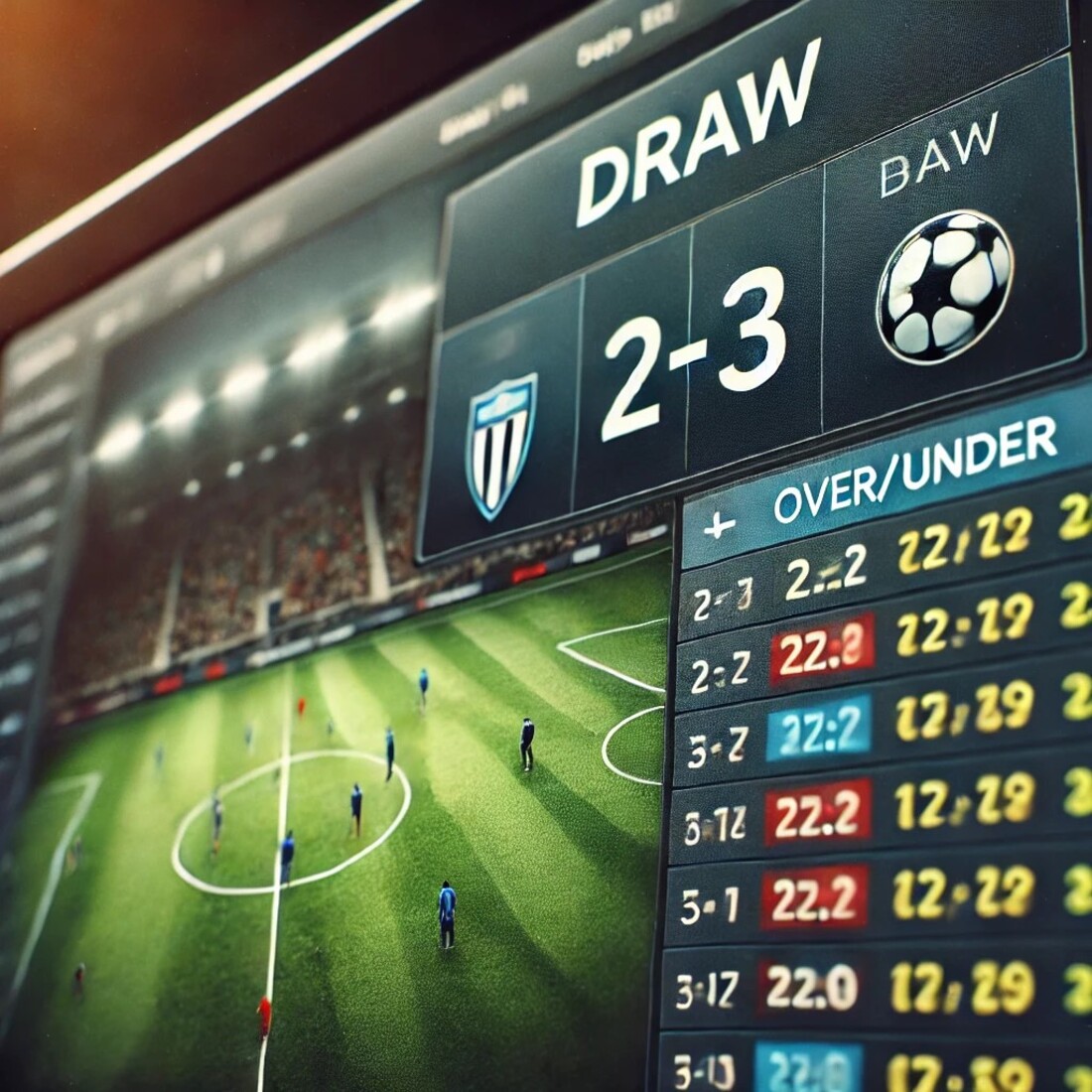Online sports betting is more than just a game of luck; it’s a skillful dance between knowledge and strategy. At the heart of every winning wager lies a deep understanding of betting odds—those seemingly simple numbers hold the key to unlocking consistent profits. Whether you’re new to the betting scene or an experienced punter looking to sharpen your edge, learning how to study online sports betting odds like a pro can transform your approach and elevate your success rate. Let’s dive into the strategies and techniques that make the difference between guesswork and mastery.

What is the odds in online sports betting
Odds in online sports betting are like the GPS for your wagers, guiding you on how much you can win based on the likelihood of an event happening. They’re the numbers that tell you whether you’re looking at a long shot or a surefire favorite. Understanding online sports betting odds is like learning a secret language that can help you spot the value in a sea of possibilities and make smarter, sharper bets.
Types of odds for online betting
Types of odds for online sports betting are like different dialects of the same language. Here’s a quick breakdown of the main types:
- Decimal Odds
- Fractional Odds
- American Odds
- Implied Probability
Understanding these types of online sports betting odds is like picking the right tool for the job. Once you master them, you’ll have the edge to make smarter bets.
Decimal Odds

Decimal odds are the easiest type of online sports betting odds to understand. They’re like a shortcut that tells you exactly how much you’ll get back for every dollar you bet, including your original stake. Think of them as a “total payout” calculator. For example, if the odds are 3.00, a $10 bet will net you $30—$20 profit plus your $10 stake back. They’re super popular in Europe, Australia, and Canada because they make it simple to see potential returns at a glance. With decimal odds, there’s no guesswork; it’s all laid out plain and clear, like a recipe for betting success.
Fractional Odds
Fractional odds are like a classic equation for figuring out your profit in online sports betting odds. They’re most popular in the UK and are written as fractions, such as 5/1 or 7/4, showing how much you’ll win compared to your stake. The first number is your potential profit, and the second is your bet amount. For example, with 5/1 odds, a $10 bet would land you $50 in profit plus your $10 stake back, totaling $60. While they might look old-school, fractional odds pack a punch in clarity once you get the hang of them.
American Odds
American odds, or moneyline odds, are like a scoreboard for online sports betting odds, showing you either how much you could win on a $100 bet or how much you need to bet to win $100. They come in two flavors: positive and negative. Positive odds, like +200, mean you’d win $200 on a $100 bet, for a total payout of $300 (your $100 stake plus $200 profit). Negative odds, like -150, show how much you need to risk to win $100. So, betting $150 at -150 odds would earn you $100 in profit, giving a total payout of $250.
Implied Probability
Implied probability is like the hidden math behind online sports betting odds, turning those numbers into a percentage that shows the chance of an outcome. It’s the bookmaker’s way of saying, “This is how likely we think this will happen.” To calculate it, you flip the odds into probabilities. For decimal odds, the formula is simple: 1 divided by the odds, multiplied by 100. For example, odds of 2.50 mean a 40% implied probability (1 ÷ 2.50 × 100). If you’re working with fractional odds like 5/1, convert them to decimal first (5 + 1 = 6, so 1 ÷ 6 × 100 = 16.67%). Understanding implied probability is like pulling back the curtain on the betting world, helping you spot when odds don’t quite match reality and giving you an edge in finding value bets.
How bookmakers calculate odds for a sporting event

Bookmakers calculate online sports betting odds like expert chefs crafting a recipe, mixing data, math, and a pinch of intuition. They start with raw ingredients: statistics, historical performances, player conditions, and even weather forecasts. These factors help determine the probability of an outcome, which they convert into odds. But here’s the kicker—bookmakers add a margin, like a service fee, to ensure they profit no matter the result. For instance, if two teams are evenly matched, the true odds might be 2.00 for each. Instead, the bookmaker might set them at 1.90, taking a cut from every bet placed.
How bookmakers adjust odds when a line is released
When bookmakers release a line, adjusting online sports betting odds is like steering a ship through unpredictable waters. They set the initial odds based on data and predictions, but once bets start pouring in, it’s all about balance. If too much money lands on one side, the odds shift to encourage bets on the other, like using weights to keep a scale even. For example, if Team A opens at 2.00 and bettors flood in, the bookmaker might lower it to 1.80 and bump Team B’s odds to 2.20. This adjustment helps them minimize risk and ensure a profit regardless of the outcome.
Why do different bookmakers have different odds for the same event
Each bookmaker uses its own recipe to calculate odds, factoring in things like market analysis, betting patterns, and internal risk management strategies. Some might prioritize attracting more bettors with competitive odds, while others focus on maximizing their margin. The amount of money coming in on each side of the bet also affects adjustments, so odds can shift based on where their customers are placing their bets. It’s a mix of competition, strategy, and a little bit of psychology, all aimed at staying profitable while keeping bettors interested.
Expert advice: how to find the best odds

Finding the best online sports betting odds is like bargain hunting for the juiciest deals—you’ve got to shop around. Start by comparing odds from multiple bookmakers because not all odds are created equal. Some platforms might offer better value for a specific game or bet type, giving you a bigger bang for your buck. Keep an eye on odds comparison websites; they’re like your personal assistant for spotting the best options quickly. Look for value bets, where the odds suggest less chance of winning than the actual probability. Timing also matters—odds can shift as game day approaches, so jumping in early or waiting for the right moment can make all the difference. Treat it like a treasure hunt, and you’ll maximize your returns.
Mastering the art of analyzing online sports betting odds is your ticket to staying ahead in the competitive world of sports wagering. By understanding how bookmakers calculate odds and spotting value opportunities, you’ll turn betting into a calculated and rewarding venture. Armed with these insights, you’ll not only enjoy the thrill of the game but also the satisfaction of making informed decisions. Now’s the time to hone your skills, outsmart the odds, and place smarter bets like a true professional.
